
Listen to Simeon’s thank you speech upon receiving the Russell L. Carson Visionary Award.
Since 2015, the Russell L. Carson Visionary Award has been awarded every year to a Child Center of NY employee who performs above and beyond expectations, initiates creative solutions despite limited resources, and demonstrates entrepreneurship in increasing the accessibility to services and opportunities for children and families. The award recognizes employees who propel The Child Center forward—much like the contributions of Mr. Carson, a steadfast supporter of The Child Center, have advanced our work. Candidates are nominated by their colleagues, and any member of the Child Center team can nominate an employee for the honor.
This year’s award went to Simeon Pollydore, program director of Redfern Cornerstone Community Center.
Cornerstone Community Centers, supported by the New York City Department of Youth and Community Development and operated by community-based organizations like The Child Center, are located in public housing developments and offer community members of all ages a place where they can engage in dynamic, enriching activities, including high-quality afterschool programs, so everyone can rise together.
Redfern Cornerstone Community Center epitomizes this concept, and it’s in no small measure because of Simeon’s deep dedication and hands-on leadership. Watch the above video to hear Simeon talk about what the Carson Award means to him, and read on for more about Simeon’s amazing story!
The Child Center of NY: Tell us about the journey that led you to The Child Center.
Simeon Pollydore: My literal journey began in a small town called Buxton in the country of Guyana in South America. I was 18 when I immigrated here. I came with my mother, straight to New York and lived right here in Far Rockaway. We already had some family living here.
My career journey started when I was a child. I always had a strong drawing to children and was doing this work even when I was a child myself! I played with my cousins after school in Guyana, and one of our favorite games was “school.” It was literally an afterschool program! We would come home and play school, and they would push me to be the teacher. I guess I had a natural knack for that, so I would always be the one teaching the class, and they were the students. It was so educational and fun, and we loved learning. Since I was blessed to go to a better school, I got more information than they would. It was a wonderful way I could share with them, and they shared with me what they learned and knew.
What did you study in college that prepared you for this work?
I double majored in dance and theater at Queensborough Community College. A year after graduating from QCC in 2012, I began working at Redfern, which was run by a different organization at the time. I started as an activity specialist for dance, so this position was a perfect melding of my two passions, dance and working with young people. I worked in various positions for the organization that previously ran Redfern before I became Redfern’s program coordinator, which is an assistant director position. That’s the position I held when The Child Center took over the operation of Redfern. I became program director in 2019.
Can you describe for us what you do as Program Director of Redfern Cornerstone Community Center—both big picture and day to day?
Big picture, I help provide quality, life-sustaining programs to the entire community. We serve from twinkles to wrinkles, from 5 years to if you’re 99, 109, we have something for you!
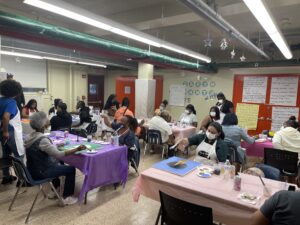
A Sit and Paint event at Redfern (see below)
Day to day, it’s about quality programming for elementary, middle, and high school participants during the week and teens and adults on evenings and weekends. We also have a senior program where older adults share food, play cards. … It’s just the place where seniors come to fellowship and have a really good time!
Parents come in, stakeholders come in, and we partner with other community organizations who bring in workshops. We’ve had turkey giveaways, coat drives for the entire family, GED classes, and fun things, like during the winter holidays we have a sit and paint where participants create artwork. We have Saturday Night Lights, which focuses on our teens and offers sports programming from 5 o’clock to 9 o’clock weekly. A few weeks ago, we went on a trip to Dave and Busters. We’re open six days a week throughout the school year and seven days a week in the summer.
Can you describe a particularly memorable experience as Program Director of Redfern?
One of the most memorable that I still hold onto was in 2020, literally months after I was ordained as director, being able to give children of this community iPads. That was one of the biggest highlights of my career. I’ll never forget that. Through DYCD, we offered YMI [Youth Mentoring Initiative] every year. We had 12 middle school participants. The program focused on mentoring, who they want to be when they’re a little older, and preparing them for high school and life. They also got to do special things like cook and go on trips. When the COVID-19 pandemic hit, one of the things we felt a lot of participants did not have was advanced technology in their home. A lot of them were still waiting for Chromebooks from the school. I got the OK to use funding for iPads to give to the participants to continue their schooling and also as a token of the work they’d been doing in YMI because even after the pandemic hit, we were still meeting with them online and they were continuing to do the work. I remember personally when I was their age, I was so into computers, and that helped me because everything we do now is on computers. It’s how we navigate the world. They had never received such a gift like that. They were stunned. The fact that a program was giving them something so exceptional, it was really an abundant blessing for them and made them feel valued.

Simeon (center) with YMI participants Samira (left) and Samir (right) upon receiving their iPads
It was also memorable for the staff. Only I knew about it at first, and the higher-ups who had to approve it. But on the day of the event… oh, they were blown away. It’s something we all held onto for a long time in such gratitude. It’s something I still hold so dear and memorable just because of the impact, both personally and professionally.
What would you like to say about your team at Redfern?
I definitely have to talk about my team because God blessed me with them! I still have three staff members I inherited from my early days. I have an amazing team, both people I inherited and those I found on my own … people who really want to do the work and care so much about the children and people in general. There’s Keith, our evening/weekend program coordinator, who is so invested in the well-being of our teens. Hunter, who works with middle schoolers, created an amazing vision board activity with them recently, and does workouts with K-2 participants. Shakia, who is now our office manager, started out as an arts specialist; she still does art and decorates the center so beautifully. Shakia worked diligently through the pandemic, even with the introduction of learning labs: For that year, we were this full-fledged school from 8 a.m. to 10:00 at night, Monday to Friday, and 10 to 5 on Saturdays, still serving twinkles to wrinkles, serving food and meals, distributing cleaning supplies and PPE [personal protective equipment], while still helping children, afterschool programming … all possible by my entire team. It took a huge team effort, even the people that are not here with us right now. I’m so thankful and appreciative of the time they spent with us, especially during that time. We are still doing amazing work!
One of our most dedicated staff members, Miss Loretta, passed away in December. She contributed so much to the center and to the lives of everyone who passed through our doors. She is dearly missed and still lives on in those who knew her.
I just count my blessings from God and know how blessed I am to be in a position to serve others and leave my mark on the world and make my corner of the world a better place. I’m very much grateful to God to be chosen as the vessel to do all that I do.

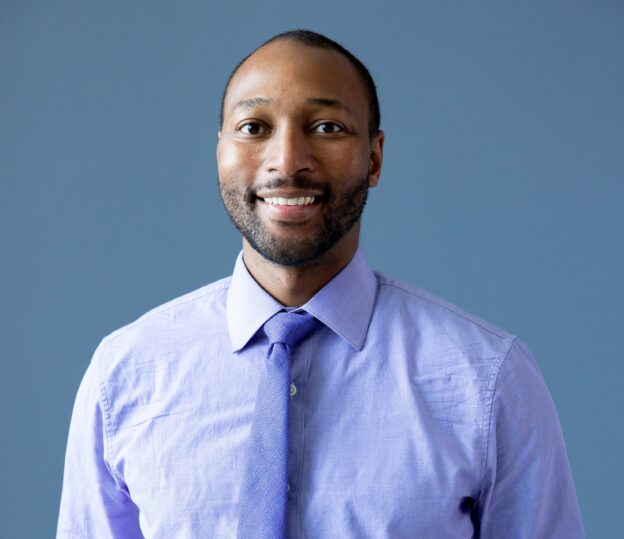
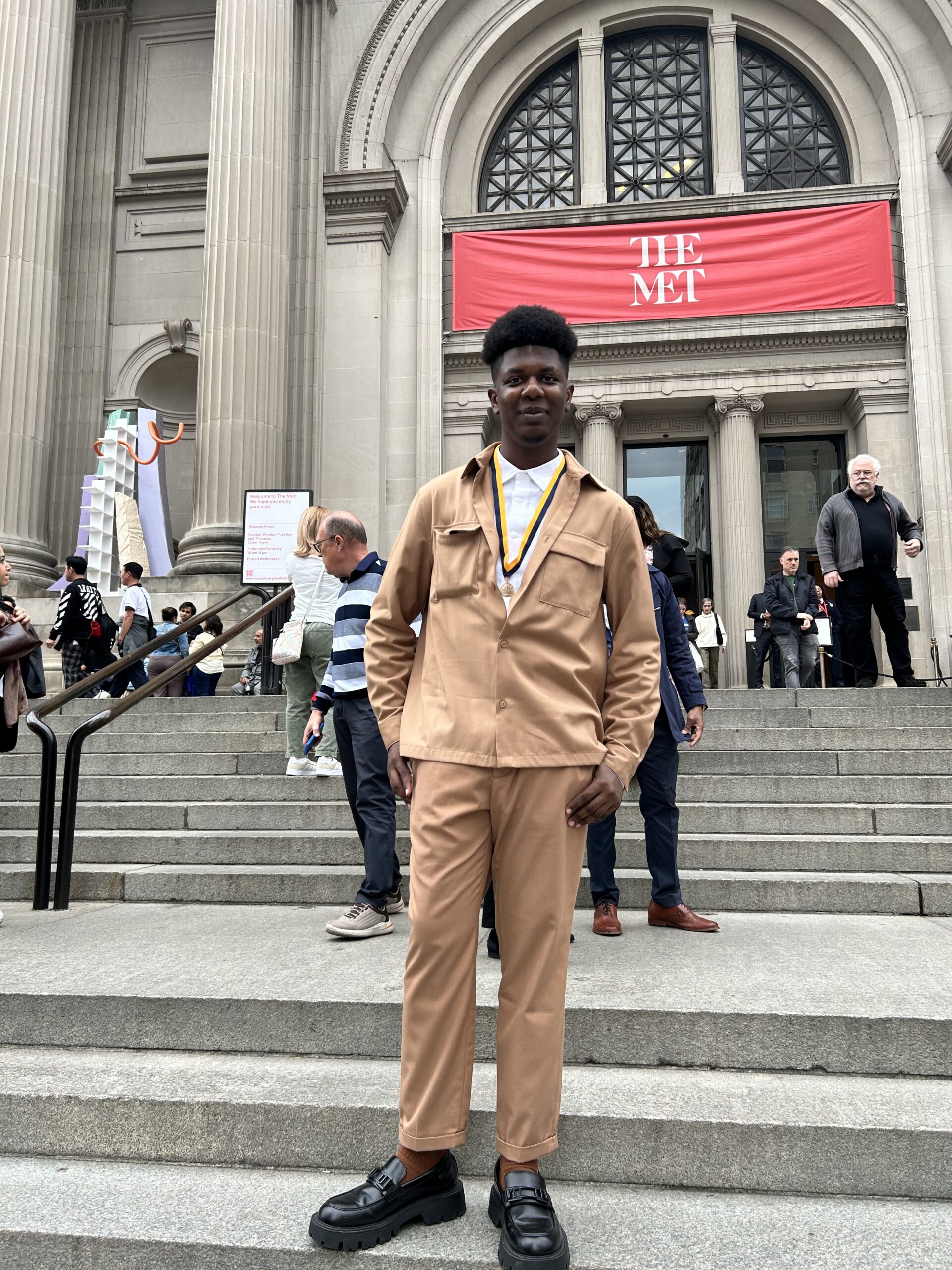
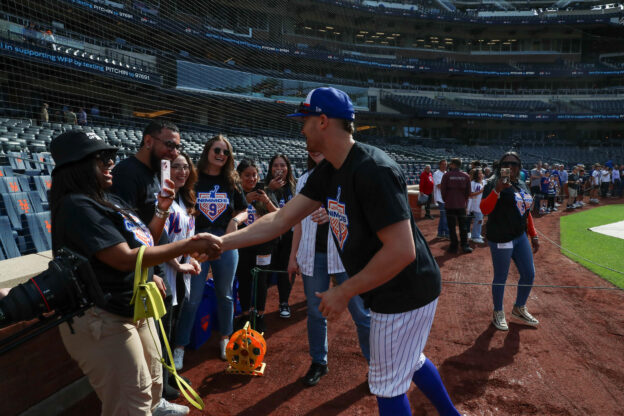
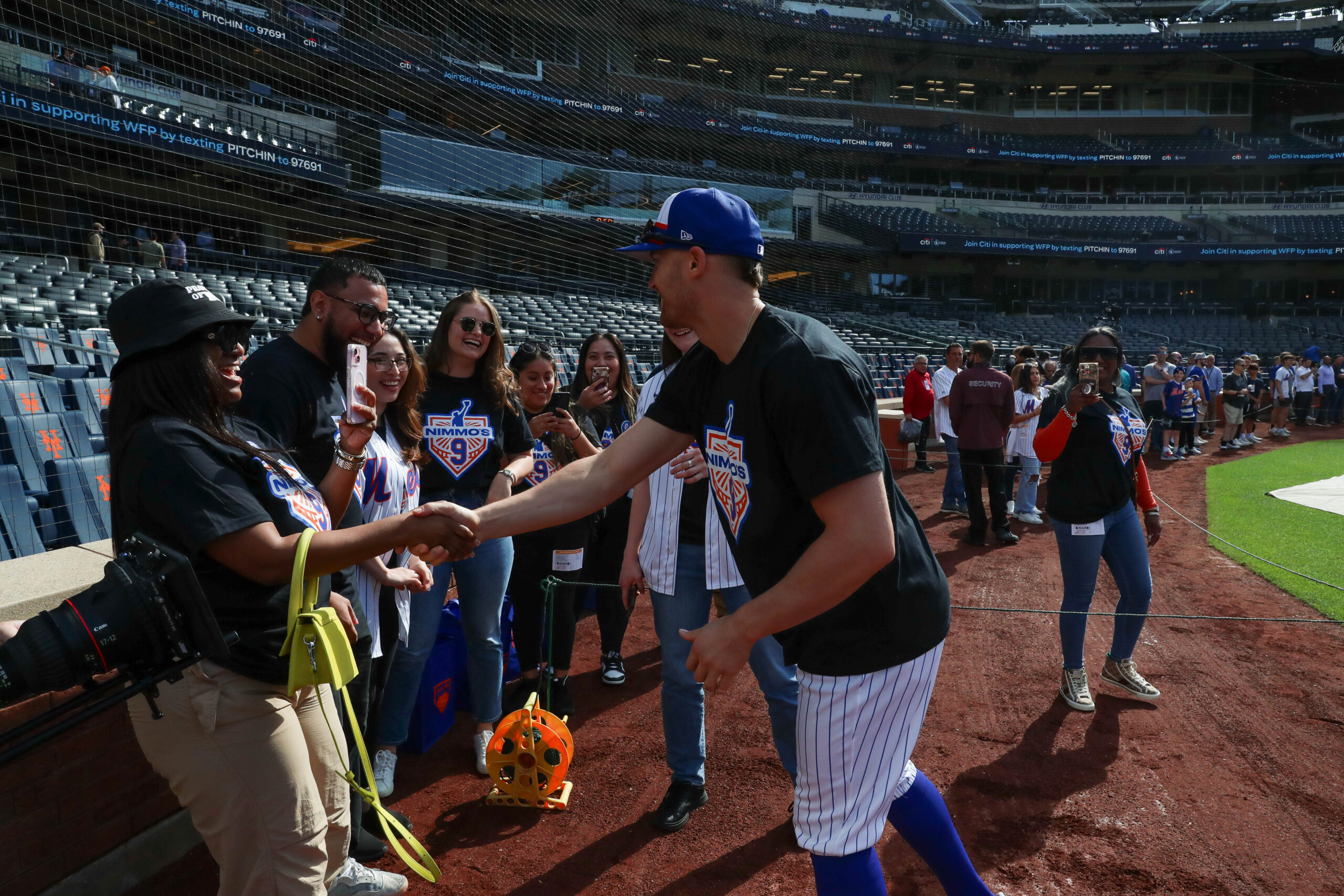


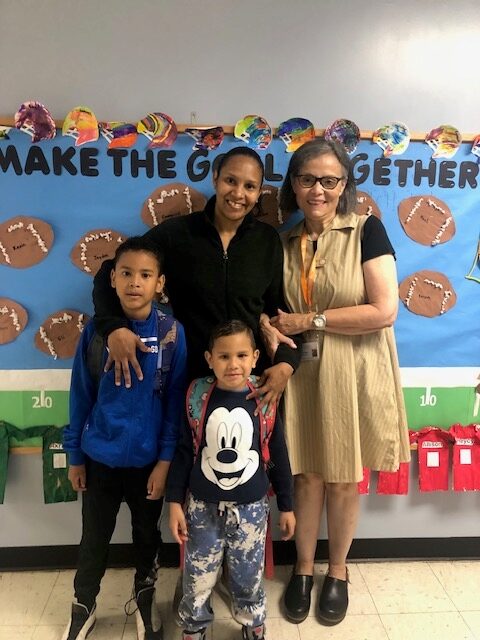

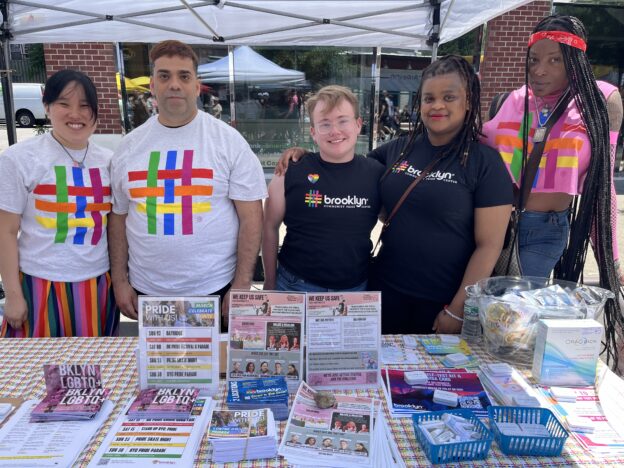
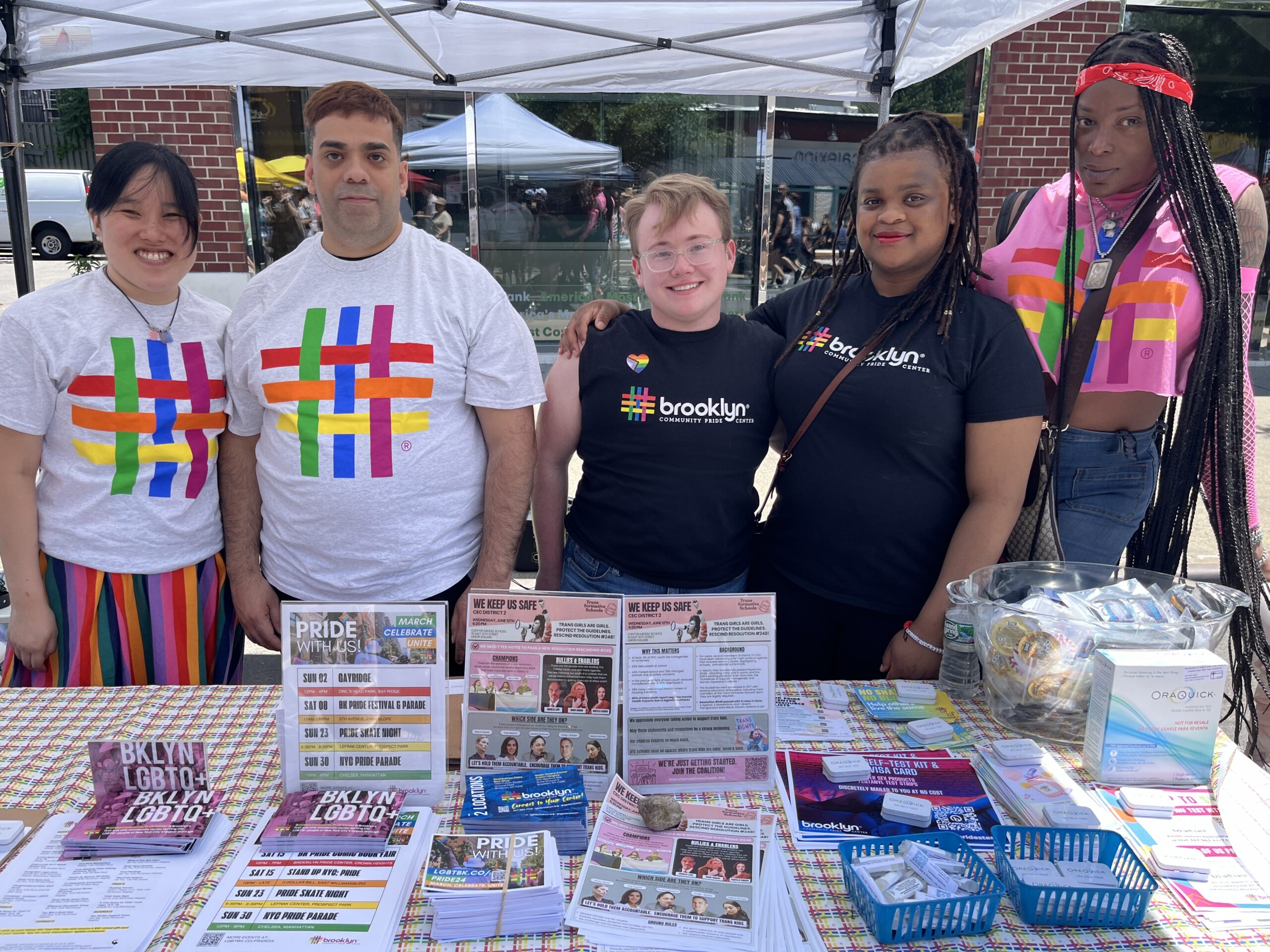




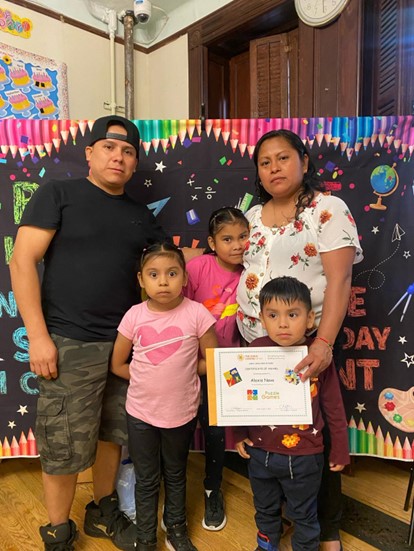

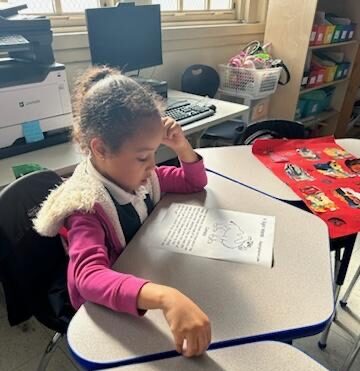 Jismerlyn is a first grader in
Jismerlyn is a first grader in 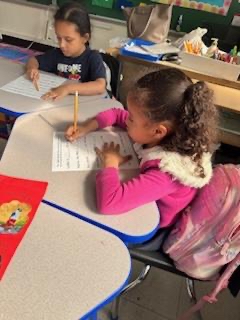


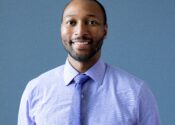



You must be logged in to post a comment.